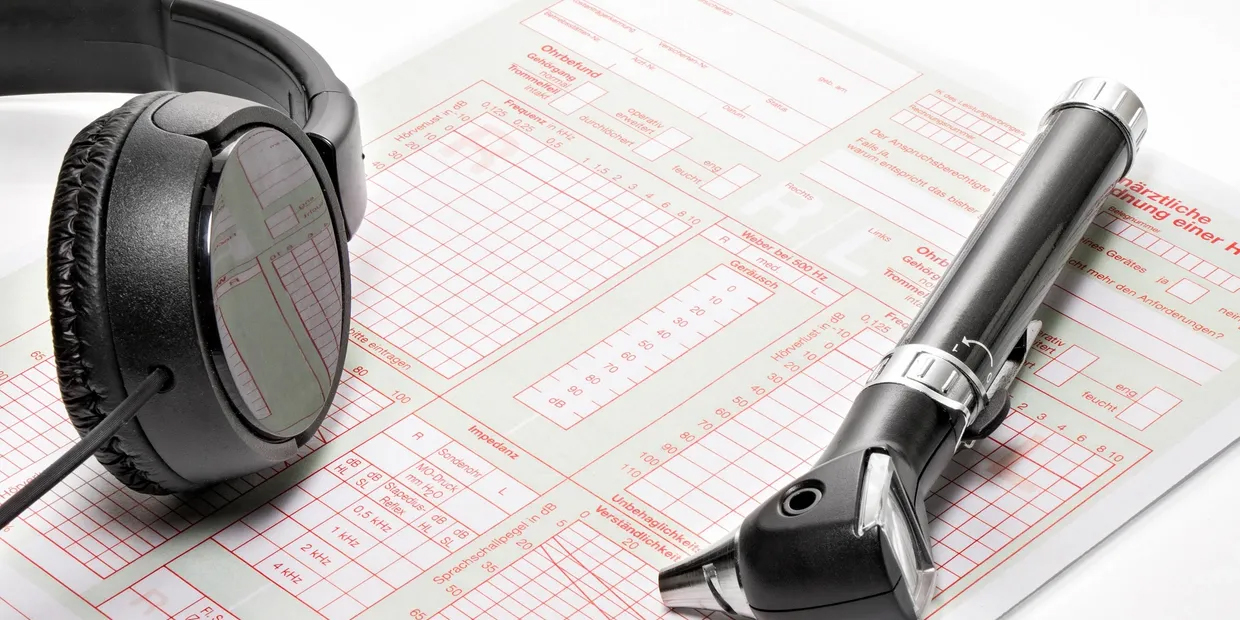Hearing Loss Types, causes and degrees
Your ear has three parts: the outer, the middle and the inner ear. You may have trouble hearing if there is a problem with any of these parts.
We can classify hearing loss in three different types: Conductive hearing loss (CHL) , Sensorineural hearing loss (SNHL) and Mixed hearing loss.

1. Conductive Hearing Loss (CHL)
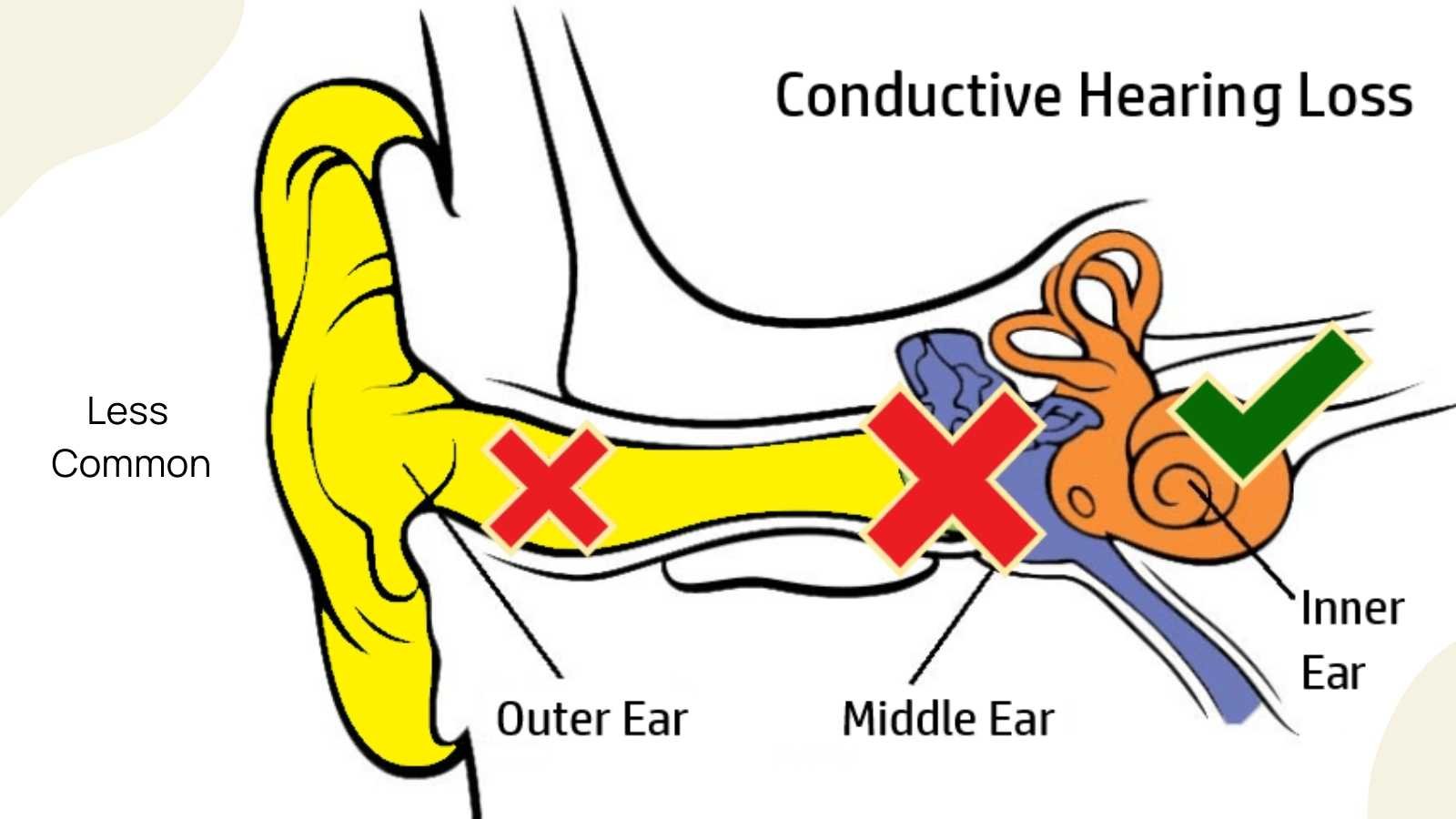
A conductive hearing loss happens when there is a problem or disease in your outer ear and/or middle ear that makes sounds unable to get to your inner ear properly.
It may be hard for you to hear soft sounds and louder sounds may be muffled.
Medicine or surgery can often fix this type of hearing loss.
1-1. Conductive Hearing Loss Causes
- Fluid in your middle ear from colds or allergies.
- Ear infection.
- A hole in your eardrum.
- Benign tumors witch can block the outer or middle ear.
- Earwax or cerumen stuck in your ear canal.
- An object stuck in your outer ear.
- A problem with how the outer or middle ear is formed. Some people are born without an outer ear. Some may have a deformed ear canal or have a problem with the bones in their middle ear.


2. Sensorineural hearing loss (SNHL)
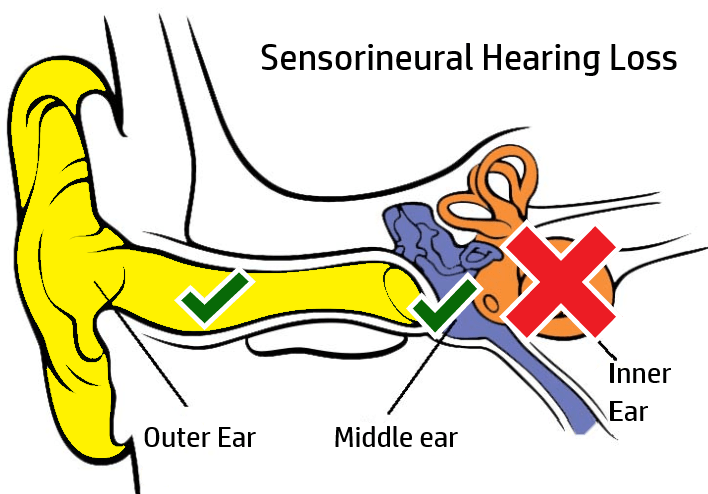
A sensorineural hearing loss happens when there is damage in your inner ear. Audiologists can help if you have this type of hearing loss.
Problems with the nerve pathways from your inner ear to your brain can also cause SNHL. Soft sounds may be hard to hear. Even louder sounds may be unclear or may sound muffled.
This is the most common type of permanent hearing loss. Most of the time, medicine or surgery cannot fix SNHL. Hearing aids may help you hear.
2-1. Sensorineural hearing loss causes
- Listening to loud noises or explosions.
- Drugs that are toxic to hearing.
- Genetics
- Aging
- A blow to the head.
- A problem in the way the inner ear is formed.
- illness
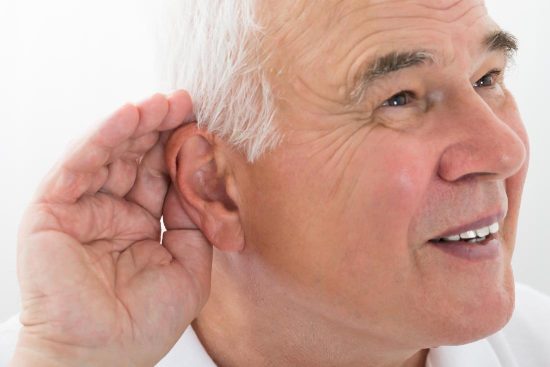
3. Mixed hearing loss

A mixed hearing loss is a problem in your outer or middle ear and in your inner ear. In this type of hearing loss, you can get help from audiologists.
Sometimes, a conductive hearing loss happens at the same time as a sensorineural hearing loss.
This means that there may be damage in the outer or middle ear and in the inner ear or nerve pathway to the brain. This is a mixed hearing loss.
3-1. Mixed Hearing Loss Causes
Anything that causes a conductive hearing loss or SNHL can lead to a mixed hearing loss.
An example would be if you have a hearing loss because you work around loud noises and you have fluid in your middle ear. The two together might make your hearing worse than it would be with only one problem.
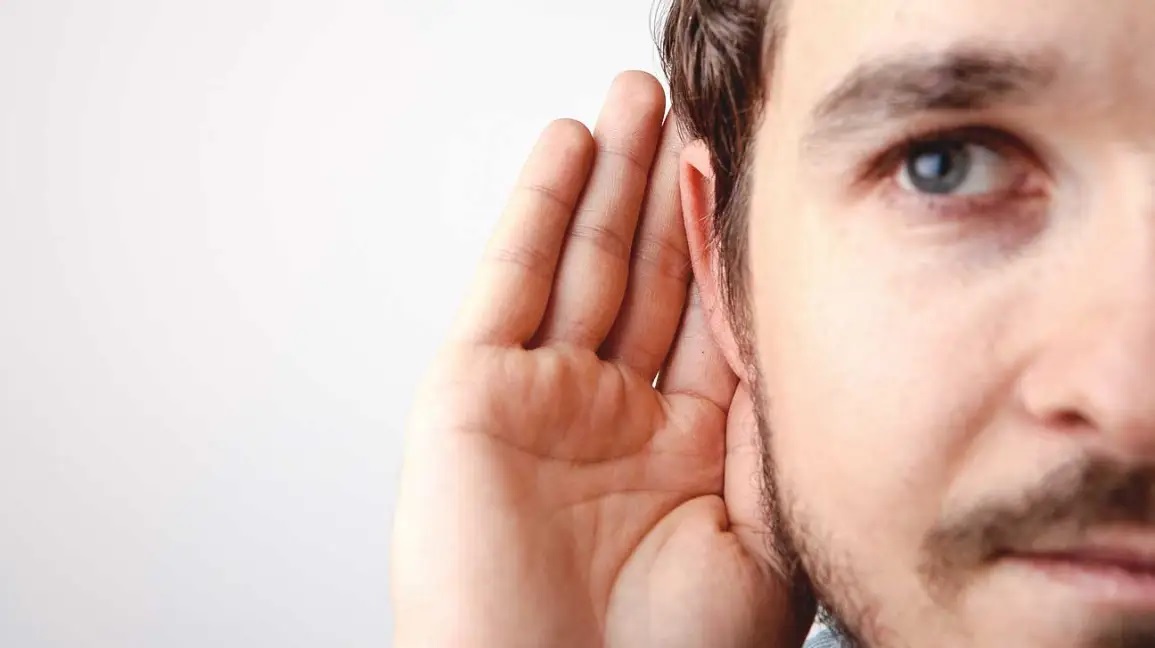
4. hearing loss Degrees
Degree of hearing loss refers to the severity of the loss. You go to the audiologist for a hearing test. You may be told that you have a mild hearing loss. Or you may find out that your hearing loss is more severe. This description is referred to as “the degree of hearing loss. ”It is based on how loud sounds need to be for you to hear them. Decibels or dB, describe loudness. The term dB HL describes your hearing loss in decibels.
The table below shows a common way to classify hearing loss.
| Degree of Hearing Loss | Hearing Loss Range (dB HL) |
|---|---|
| Normal | -10 to 15 |
| Slight | 16 to 25 |
| Mild | 26 to 40 |
| Moderate | 41 to 55 |
| Moderately Severe | 56 to 70 |
| Severe | 71 to 90 |
| Profound | 91+ |
If you can only hear sounds when they are at 30 dB, you have a mild hearing loss. You have a moderate hearing loss if sounds are closer to 50 dB before you hear them.
When you have your hearing tested, the audiologist will use an audiogram to record how you hear. The audiogram will show how loud the sounds need to be at different frequencies for you to hear them. Frequency is the pitch or tone of the sound.
